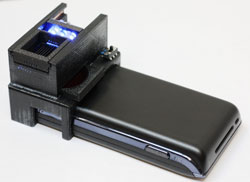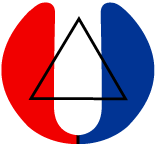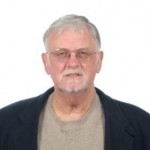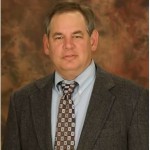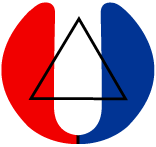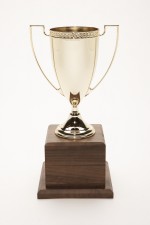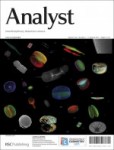 TOMAS A. HIRSCHFELD AND FACSS STUDENT AWARDS – Deadline extended to May 15, 2012.
TOMAS A. HIRSCHFELD AND FACSS STUDENT AWARDS – Deadline extended to May 15, 2012.
These awards recognize the most outstanding papers submitted to the conference by a graduate student. Recipients will receive economy travel to the meeting, complimentary registration, and complimentary hotel accommodations. In order to be considered for designation as a Tomas A. Hirschfeld or FACSS Student Award, the student must submit a presentation for the SCIX 2012 conference, just as any other technical presentation is submitted. The submission must be a bona fide paper to be presented at SCIX. For consideration for this award the student must complete the submission form on the FACSS website and in addition submit the following:
- a 250 word abstract of the work to be reported.
- two letters of nomination, one by the student’s mentor.
- a copy of the candidates resumé.
- a copy of the candidate’s graduate transcript.
- copies of reprints and/or preprints of research accomplished.











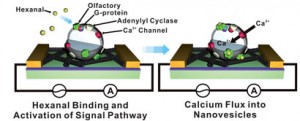
 The Pittsburgh Conference on Analytical Chemistry and Applied Spectroscopy (
The Pittsburgh Conference on Analytical Chemistry and Applied Spectroscopy (